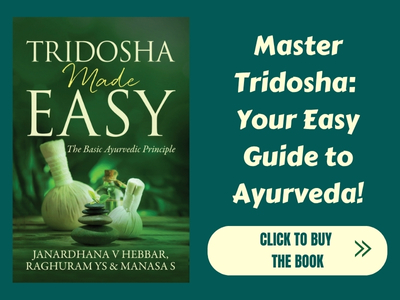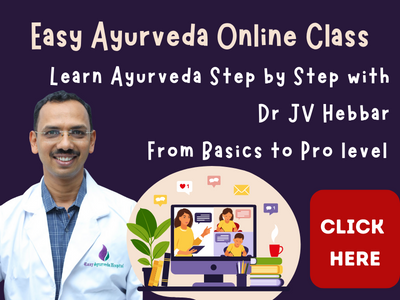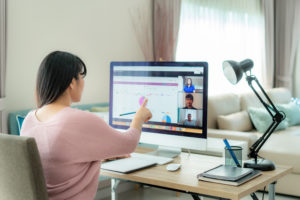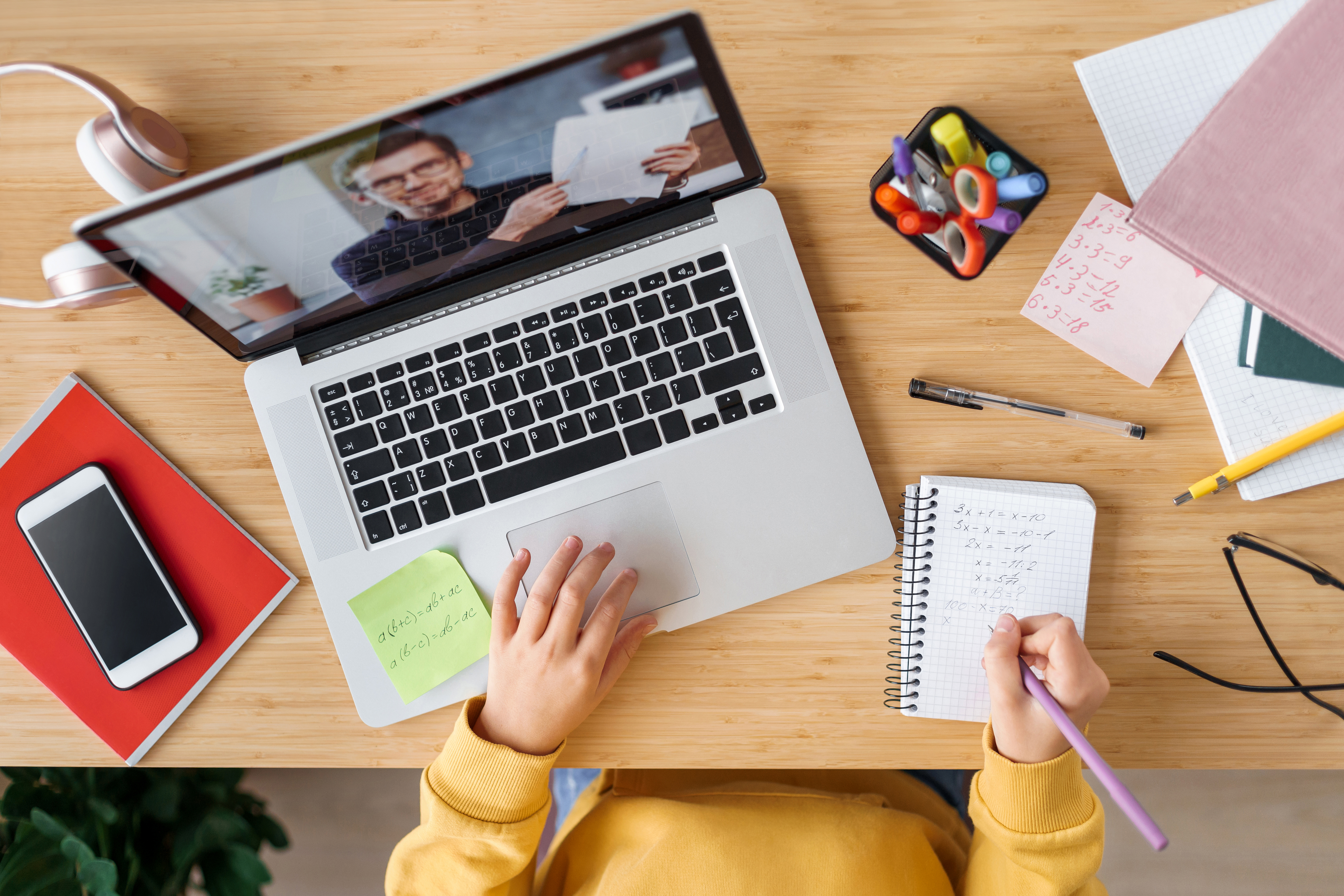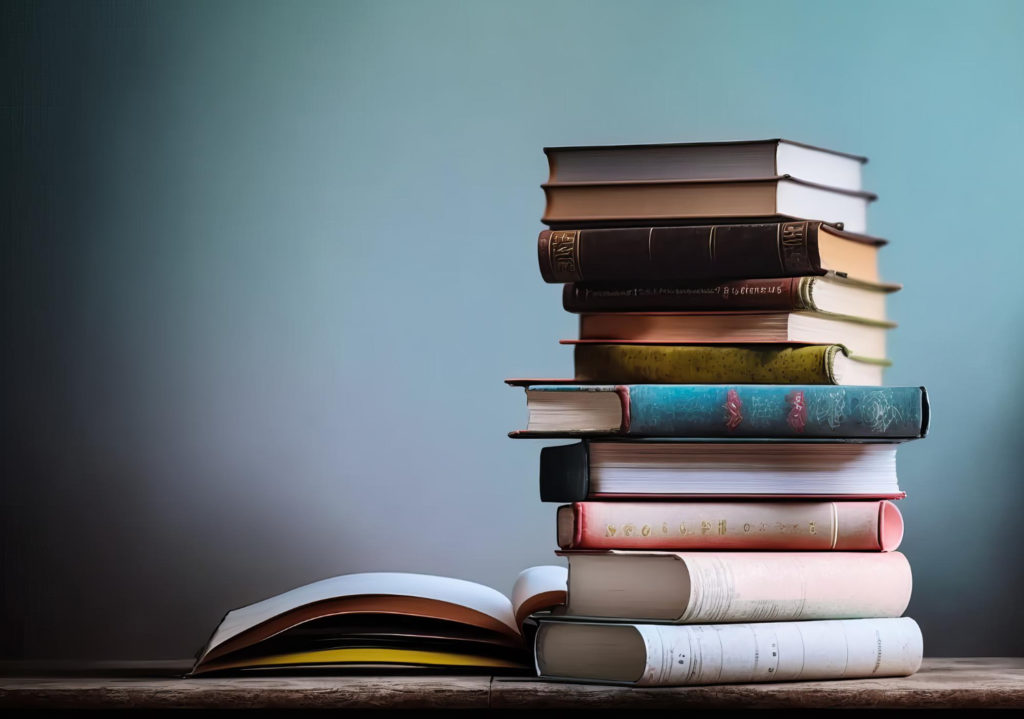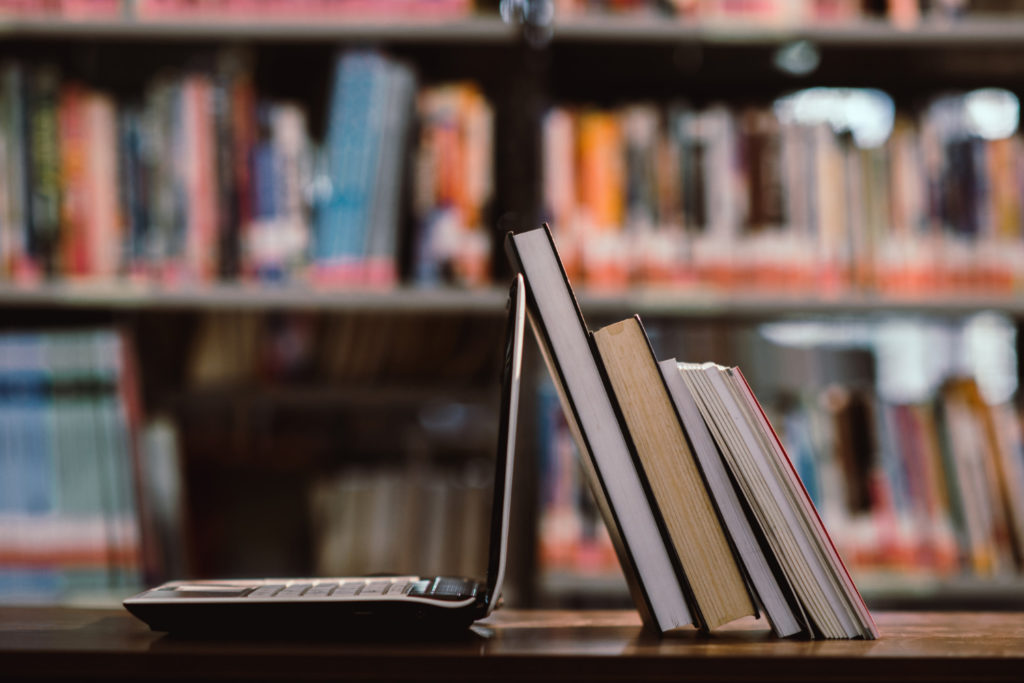Rhomboid Pain Ayurveda Understanding And Management
By Dr Raghuram Y.S. MD (Ay) & Dr Manasa, B.A.M.S
Rhomboid pain is a condition in which the pain is manifested in the rhomboid muscles located on either side of our spine. These muscles help in stability of shoulder blade, help in throwing and pulling things, to rotate our torso, to move our arm over the head and to pull back and rotate our shoulder blade.
Table of Contents
Amsa Shoola
This region is called as amsa desha. So, we can put the term ‘amsa shula’ or ‘amsa vedana’ or ‘amsa ruja’ as a closer comparison to the ‘rhomboid pain’ condition. The terms shula, vedana or ruja are interchangeable and all of them indicate pain.
Read – Shoola Types, Symptoms, Treatment, Medicines, Remedies
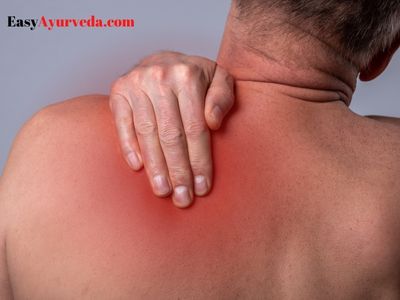
Causes
Vata involvement – Pain, most often than not, according to Ayurveda principles is caused by aggravated vata. Injury, strain, sprain, spasm or overuse of rhomboid muscles is the most common causes for rhomboid pain. All these causes lead to aggravation of vata. This vata causes pain in the mentioned muscles and cause rhomboid pain.
Read – Vata Dosha – Introduction, 40 Things To Know
Other causes
- Posture – Incorrect posture, being seated in the same position or sleeping on the same side, muscle overuse and excessive involvement in strenuous games and sports, carrying or lifting heavy weights, pushups and excessive workouts – all these cause aggravation of vata. This aggravated vata will eventually cause rhomboid pain.
- Dehydration – Water body is represented in the body by kapha. Dehydration leads to decrease of kapha elements in the body. Decrease of kapha will eventually lead to increase in vata. This increased vata will eventually cause pain in the muscles (rhomboid muscles in this case).
- Mamsagata Vata – vata getting lodged and aggravating in the muscles (rhomboid muscle or muscles around the shoulder joint) leading to muscle pain (as in myositis).
- Bahu sandhigata amavata – Amavata is a painful disease afflicting all joints and soft tissues. Among the different seats of the disease are mentioned uru (hip joint, its representative in the upper limb i.e. shoulder joint too shall be considered) and trika (place where three bones meet – in this case the shoulder girdle). This will have a painful impact on the rhomboid muscles too (As in Rheumatoid Arthritis of shoulder joints).
- Bahu sandhigata vata – This happens when vata gets aggravated in the joints and causes degeneration therein. This will lead to the swelling, pain and crackles in the joint, shoulder joint in this case. The joint would become deformed and non-functional. This will have a painful impact on the surrounding muscles, including rhomboid muscles as in Osteoarthritis of the shoulder joints.
- Sarvangagata amavata / pravruddha amavata – This is a condition wherein the amavata will show systemic involvement along with its spread all through the body, covering majority of joints and muscles. This may include rhomboid muscles as in Polymyalgia Rheumatica.
Since the pain is located in the upper back and between the shoulder blades it shall be considered as amsa shula.
Symptoms and Dosha
| Sl No | Symptom of Rhomboid Pain | Dosha involved |
| 1 | Pain in the upper back and between shoulder blades | Vata, Ama |
| 2 | Swelling around the muscles | Vata, Kapha, Ama |
| 3 | Bruising around muscles | Vata, Pitta |
| 4 | Difficulty in moving the affected part | Vata, Ama |
| 5 | Muscle spasm with sharp pain and tightness in the upper back muscles | Vata |
| 6 | Lump | Vata, Vata-Kapha |
| 7 | Ache, shooting pain, stiffness, pinch | Vata |
| 8 | Tingling, numbness, pins and needles | Vata |
| 9 | Clicks, pop sounds | Vata |
| 10 | Painful breathing | Vata |
| 11 | Tenderness | Vata |
We can see that most of the symptoms are caused by aggravated vata in Rhomboid Pain. Ama may be involved if amavata is causing pain. Pitta is involved with vata if bruising and inflammation is present in and around the muscles. Kapha may be associated with vata if there is swelling or edema around the muscles or joints.
Read – Charaka Vatavyadhi Chikitsa 28th Chapter
Ayurveda treatment of Rhomboid Pain
Vata Chikitsa – Since aggravated vata is responsible for the pain occurring in the rhomboid region all vata relieving measures shall be taken including therapies, medicines, diet and lifestyle changes.
Important measures include –
a. Abhyanga – herbal oil massage
b. Swedana – sudation including
- patra pinda sweda – leaf bolus sudation and churna pinda sweda – powder bolus sudation (osteoarthritis of shoulder joint afflicting these muscles)
- valuka sweda – sand bolus sudation or dhanyamla dhara – sour fluid sudation / showering (ama predominant conditions, amavata, rheumatoid arthritis of shoulder joint afflicting rhomboid muscles)
- shashtika shali pinda sweda – rice bolus fomentation – to strengthen the muscles and joints
- lepa – application of medicinal pastes so as to relieve pain, stiffness and inflammation and injury
- upanaha – poultice with medicinal herbs for relieving pain and inflammation
- taila dhara – stream pouring / showering of medicinal oils to combat vitiated vata and association of pitta and kapha and to relieve pain
c. Vasti – unctuous and decoction enemas and nourishing enemas to combat aggravated vata and to relieve rhomboid pain and related symptoms caused by imbalanced vata
Other treatment strategies
Rhomboid pain depending on primary or secondary (effect of some other disease like rheumatoid or osteoarthritis) can also be treated on the lines of treating –
- Amavata
- Sandhigata vata
- Sarvanga vata
- Vatarakta
- Rajayakshma
Rajayakshma Link – Rajayakshma is a syndrome comprising of many symptoms which are by themselves big diseases. It is often compared with tuberculosis or phthisis (as part of popular comparison, though it has been compared to many modern day diseases).
Sahasa i.e. excessive indulgence in strenuous physical activities is one of the causative factors for this disease. Amsa abhitapa i.e. pain in the scapular region (which pertains to the pain in rhomboid muscles in this context) is one of the symptoms of rajayakshma. Therefore the treatment principles of the same shall be considered in treating the rhomboid pain.
Read – Rajayakshma – Charaka Chikitsa 8
Ayurveda medicines in Rhomboid Pain
- Rasna Panchaka Kwatha
- Rasna Saptaka Kashayam
- Rasna Dashamula Kashayam
- Rasna Erandadi Kashayam
- Maharasnadi Kashayam
- Rasonadi Kashayam
- Bala Kashayam
- Dashamula Kashayam
- Prasarinyadi Kashayam
- Yogaraja Guggulu
- Simhanada Guggulu
- Rasnadi Guggulu
- Trayodashanga Guggulu
- Mahavata Vidhwamsa Rasa
External application and for poultice
- Dashanga Lepa
- Rasnadi Churna Lepa
- Kottamchukkadi Churnam
Oils for application
- Mahanarayana Tailam
- Ksheerabala Tailam
- Mahamasha Tailam
- Prasarinyadi Tailam
- Kottamchukkadi Tailam
Modern concept of Rhomboid Pain
Rhomboid muscles – They are a group of muscles located on either sides of the upper back, precisely between the blades of the shoulders. Rhomboid Muscles are formed by Rhomboid Major and Rhomboid Minor muscles. Along with other muscles they form the shoulder girdle. They hold the shoulder blade and keep it stable. Apart from this, these muscles help you to throw and pull things and rotate your torso, to move your arm over your head, to lift and rotate your shoulder blade and to pull back the shoulder blade. Pain in these rhomboid muscles is called as Rhomboid Pain.
Read – Muscle cramps: Causes, Symptoms, Ayurvedic Treatment, Herbs
Causes of Rhomboid Pain
Injury, strain or overuse of rhomboid muscle
incorrect posture
- Injury, strain or overuse of rhomboid muscle
- incorrect posture
- sitting in same position for extended periods of time
- excessively sleeping on one’s side
- carrying/lifting heavy objects
- rowing, pulling, repetitive or throwing motions
- pushups
Shoulder joint problems which might affect the surrounding muscles including rhomboid muscles –
- Myositis
- Rheumatoid arthritis
- Osteoarthritis
- Polymyalgia rheumatica
Symptoms of Rhomboid Pain
Pain in the upper back and between one’s shoulder blades
Pain may increase on movement or breathing
Swelling, bruising or difficulty in moving the affected part may also be present
A lump may also be seen beneath the skin in some cases
Nature of rhomboid pain
The pain of rhomboid muscle pain is experienced as ‘aches or tension’ in the region between the shoulder and spine to be precise.
- aching or shooting pain,
- stiffness, pinch,
- tightness,
- tingling and numbness
- pins and needles
- pain may be associated with clicks or pop sounds
- painful breathing
Read – Classification Of Pain And Arthritis As Per Ayurveda
Treatment of Rhomboid Pain
Mild strain in the rhomboid muscle can heal in few weeks. If there is serious injury, strain or tear it would take much longer for the pain and muscle to heal.
– Avoidance of cause
– Physical therapy
– Use of foam rollers
Self-help at home to manage pain
- Ice and heat packs used alternatively (when swelling is absent)
- Pain relievers, NSAIDs
- Doing gentle stretches
- Keeping the shoulder and arm down
- Sitting up straight
- Herbal oil massage
- Using topical creams for pain relief
Exercises
- Exercises and stretches to relieve rhomboid muscle pain
- Techniques which help to stretch out the muscles
- Yoga / Asanas for Rhomboid Pain
Prognosis
Healing and getting relieved from rhomboid sprain or strain is proportional to the severity of injury to those muscles. Mild injury might get better within few days. On the other hand, serious injuries may take some weeks or months to heal completely.
Research
Many research works have established the relationship between smoking and its association with chronic pain especially in the back and joints. Rhomboid pain is no exception.
Click to Consult Dr Raghuram Y.S. MD (Ayu)



